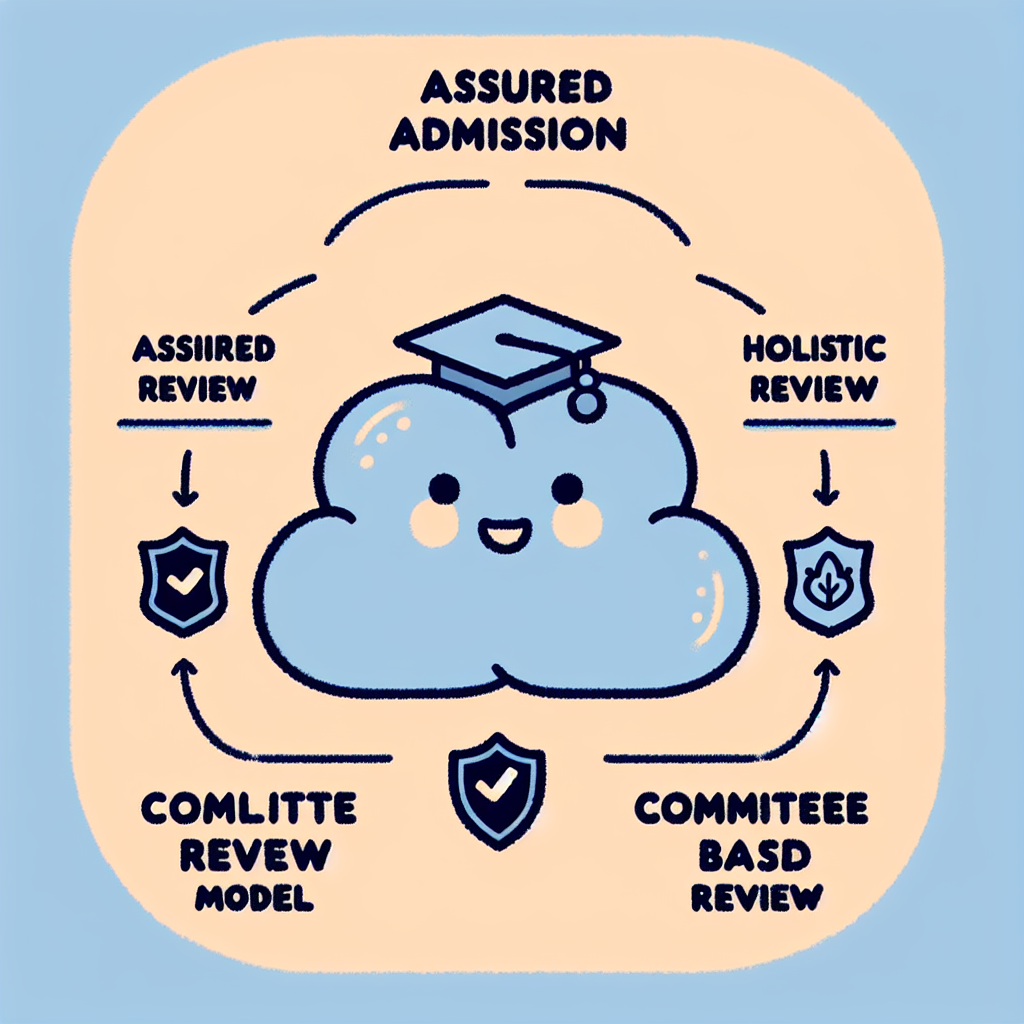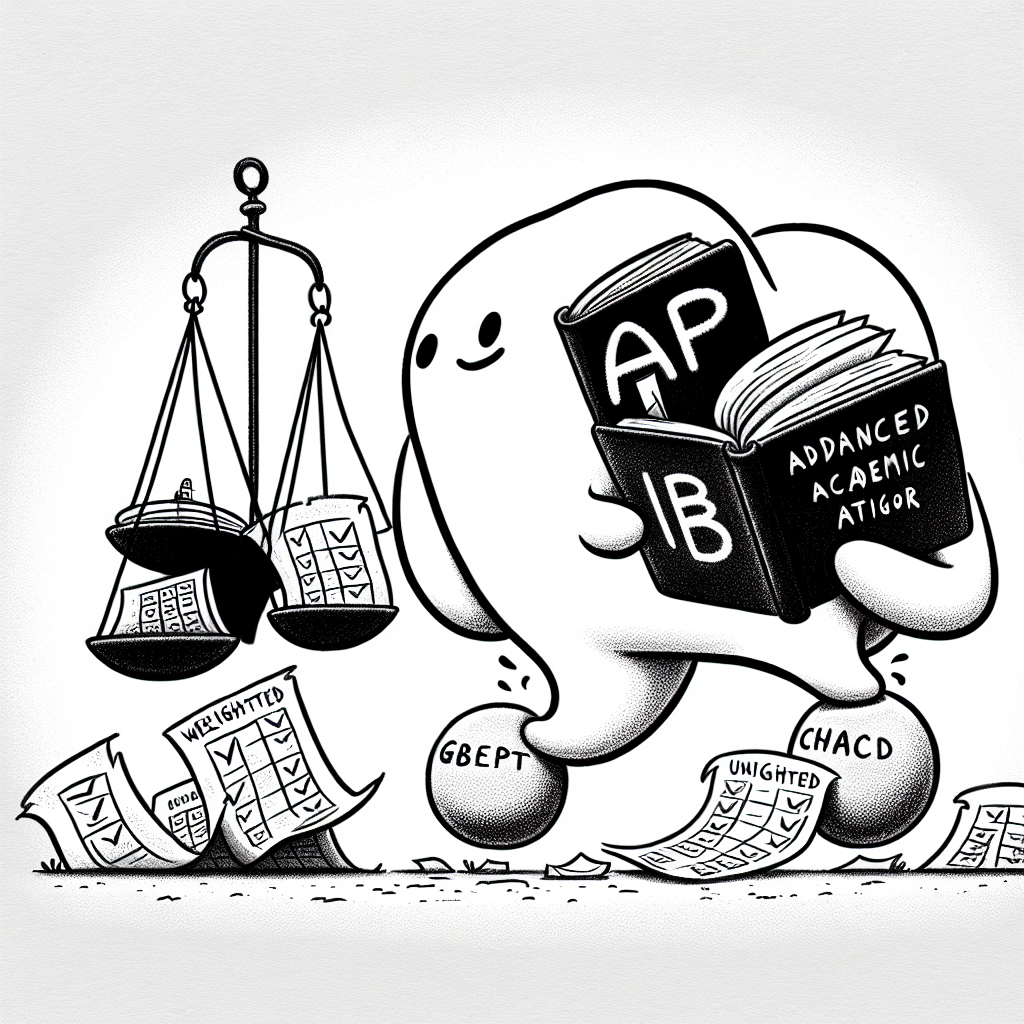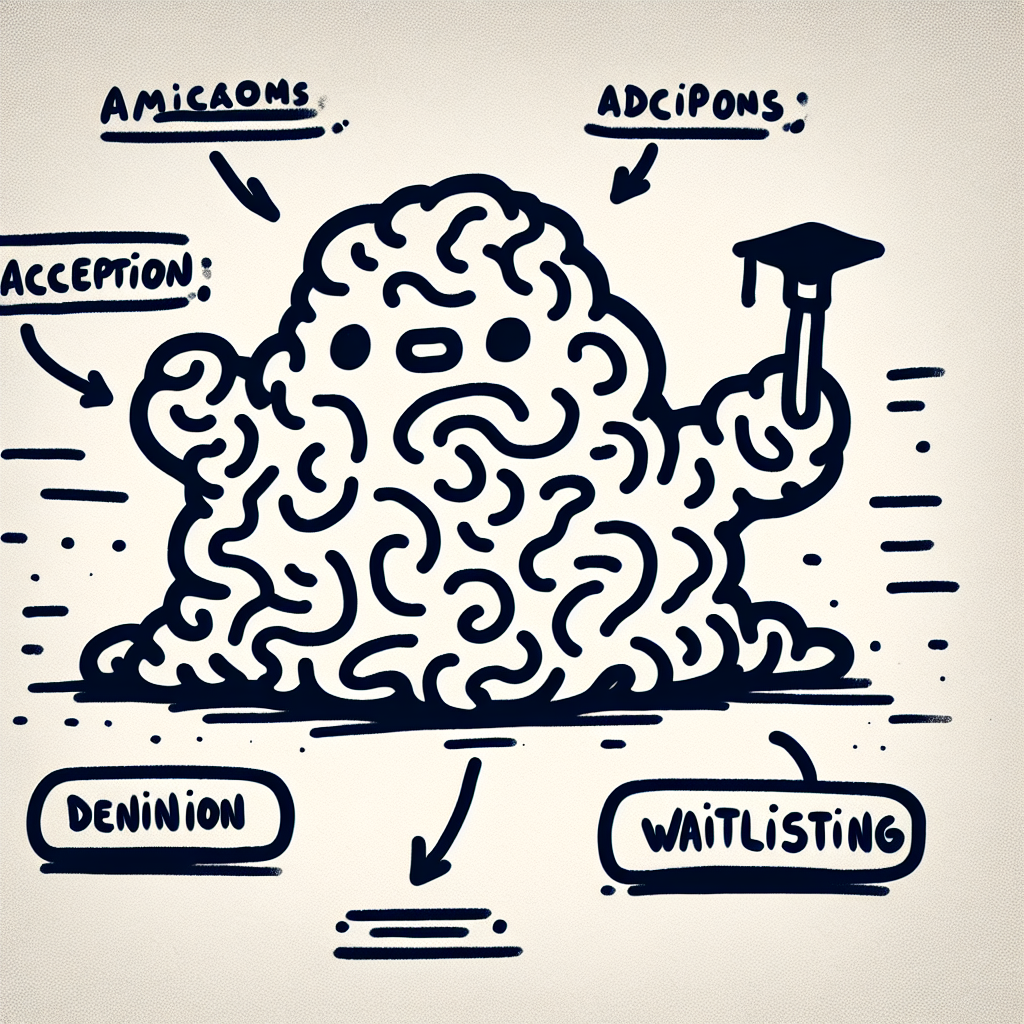Understanding the Purpose of Application Reviews
Colleges review applications to identify students who are not only academically prepared but also a good fit for their campus community. The college application review process helps institutions assess a candidate's potential to contribute to and benefit from the learning environment.
Academic qualifications, such as GPA, standardized test scores, and course rigor, remain important. However, colleges also weigh personal attributes like leadership, resilience, creativity, and community involvement. This balance ensures that admitted students bring diverse talents and perspectives beyond academics.
In recent years, many institutions have moved away from a purely formulaic approach to admissions. The shift toward holistic admissions allows schools to consider the full context of an applicant’s background, including life experiences and challenges overcome. This method provides a more comprehensive understanding of a student's achievements and potential, aligning with the broader goals of higher education.
The college application review process, therefore, serves as a tool for building well-rounded, dynamic student bodies that reflect both academic excellence and personal depth.

Types of Application Review Models
1. Assured Admission
Assured admission is a type of college application review model where applicants are guaranteed admission if they meet specific academic criteria, such as a minimum GPA or completion of required coursework. This model removes the subjective elements of the admissions process and provides clarity and predictability for applicants.
For example, the University of Arizona offers assured admission to both Arizona residents and non-residents who meet set GPA and course requirements (University of Arizona). This allows qualified students to secure a place without undergoing a holistic or competitive review.
2. Holistic Review
Holistic review is a comprehensive college application review model that considers multiple aspects of an applicant’s background and achievements. Instead of focusing solely on academic metrics, this approach evaluates the student as a whole.
Key components of holistic review include:
- Academic performance (GPA, course rigor, test scores if applicable)
- Extracurricular involvement
- Personal background and challenges
- Essays and letters of recommendation
Several institutions employ a holistic review model:
- UC Berkeley uses holistic review to assess both academic records and personal factors to build a diverse incoming class (UC Berkeley).
- UCLA evaluates applicants for intellectual curiosity, tenacity, and engagement with their communities (UCLA).
- University of Virginia emphasizes individualized review, stating that each application is read independently without formulas (University of Virginia).
3. Committee-Based Review
Committee-based review is a college application review model where multiple admissions officers evaluate each application. This process often involves several rounds of reading and discussion to ensure fairness and reduce bias.
At the University of Illinois Urbana-Champaign, most applications are read at least twice, demonstrating a commitment to thorough review from multiple perspectives (UIUC). This approach helps institutions make well-rounded decisions by incorporating input from several reviewers.

📚 Academic Metrics Considered
Course Rigor
Course rigor plays a central role in the college application review process. Admissions officers evaluate whether students have challenged themselves academically by taking Advanced Placement (AP), International Baccalaureate (IB), or honors courses. The presence of these courses on a transcript often signals a student's readiness for college-level work. Additionally, admissions committees look closely at a student's senior year course load. A strong lineup of advanced classes in the final year of high school demonstrates sustained academic engagement and commitment.
Grade Point Average (GPA)
GPA provides a snapshot of a student's academic performance over time, and colleges typically consider both weighted and unweighted GPAs during the college application review. A weighted GPA accounts for the increased difficulty of AP, IB, or honors courses, while an unweighted GPA reflects pure academic performance without extra grade points for advanced coursework. Admissions officers also assess GPA trends, looking for improvement over time or consistent academic excellence across all four years of high school.
Test Scores (where applicable)
Standardized test scores, such as the SAT or ACT, may still be part of the application review, depending on a school's testing policy. While some colleges continue to consider these scores when submitted, many have adopted test-optional policies, allowing students to decide whether or not to include them. In a test-optional context, other academic metrics like GPA and course rigor carry even more weight in the review process.

Personal and Contextual Factors
Essays and Personal Statements
In the college application review process, essays and personal statements are critical tools for understanding the applicant beyond grades and test scores. They allow students to tell their stories, highlight personal growth, and express their unique voice. Admissions officers value compelling storytelling that reveals character, values, and motivations. A well-written essay can demonstrate how a student aligns with the college's mission and culture, helping reviewers assess fit.
Letters of Recommendation
Letters of recommendation provide third-party insight into a student's academic abilities, character, and potential. They offer context that numbers cannot, such as work ethic, classroom behavior, and intellectual curiosity. Ideally, these letters should come from teachers or mentors who know the student well and can speak to their strengths with specific examples. The most impactful letters are personalized and detailed, adding depth to the overall college application review.
Extracurricular Activities
Extracurricular involvement helps colleges understand how students choose to spend their time outside the classroom. In the college application review, depth is often more valued than breadth—sustained commitment and leadership in a few activities can be more meaningful than minimal involvement in many. Reviewers look for evidence of initiative, impact, and growth, all of which signal a student’s potential to contribute to campus life.
Special Talents and Circumstances
Applicants with special talents in areas like athletics, music, or the arts may stand out during the college application review. These abilities can enhance a college’s community and are often considered alongside academic performance. Similarly, students who have overcome significant adversity—such as personal, financial, or familial challenges—may receive additional consideration. These contextual factors help admissions officers evaluate achievements relative to opportunity, providing a more holistic view of the applicant.

Institutional Priorities and Fit
Colleges consider institutional priorities when conducting a college application review. These priorities help shape the incoming class to meet specific goals beyond academic metrics.
One key factor is geographic diversity. Schools often seek students from a broad range of locations to create a more dynamic campus environment. Applicants from underrepresented states or rural areas may receive closer consideration because they help broaden the geographic representation of the student body.
Admissions offices also prioritize first-generation, low-income, and underrepresented applicants. These students often bring unique perspectives and experiences that enrich the campus community. Many institutions have commitments to increasing access and equity, and supporting these students aligns with those goals.
Another important consideration is whether an applicant aligns with the institutional mission. For example, a college with a strong emphasis on public service may look favorably on applicants with demonstrated commitment to community involvement. Similarly, religiously affiliated schools may seek students who share or respect their values.
In short, fit with institutional goals can significantly influence admissions decisions, especially when a candidate meets academic expectations but stands out through alignment with the college’s broader objectives.

Optional and Supplemental Materials
In the college application review process, optional and supplemental materials can provide valuable context and help applicants stand out. These materials go beyond the standard application to showcase unique talents, experiences, and interests.
Portfolios, Resumes, and Videos
Applicants to programs in the arts, design, or architecture are often encouraged—or required—to submit portfolios that highlight their creative work. A well-organized portfolio can demonstrate technical proficiency, originality, and commitment to a field. Resumes are another common supplemental item, summarizing extracurricular activities, work experience, and leadership roles. Some students may also choose to submit videos, especially for performing arts or athletic programs, to give reviewers a clearer sense of their abilities.
Interviews and Additional Essays
Interviews may be optional, but they offer a chance for students to present themselves beyond transcripts and test scores. They can help contextualize an applicant’s motivations and communication skills. Some schools also request additional essays tailored to specific prompts. These essays can delve deeper into a student’s goals, values, or interest in a particular program, providing more depth for the college application review.
Special Program Applications
Applicants interested in honors colleges, competitive scholarships, or specialized academic tracks may need to complete separate applications. These often include additional essays, recommendation letters, or interviews. The review process for these programs tends to be more rigorous, focusing on academic excellence, leadership, and a strong commitment to the field of study.
Providing optional and supplemental materials can strengthen an application by offering a more complete picture of the applicant, which can be a decisive factor in the college application review.

🧾 Application Review Logistics
Who Reviews Applications?
College application review is typically conducted by admissions officers who are trained to evaluate student credentials in line with institutional goals. At larger universities, committees may be involved to ensure a more holistic and balanced review. In some programs—especially competitive or specialized ones—faculty members may also participate in reviewing applications, particularly when academic fit and subject-specific talent are key considerations.
How Many Times Is an Application Reviewed?
The number of times an application is reviewed varies by institution. For example, the University of Illinois Urbana-Champaign (UIUC) generally reviews most applications twice to ensure consistency and fairness in decision-making. Other colleges may only conduct a single review, while highly selective schools might have multiple readers and committee discussions.
Timeline of the Review Process
The timeline for college application review depends on the type of admission plan a student applies under. Early action and early decision applicants typically have their materials reviewed in the fall, with decisions released by December. Regular decision applicants are usually reviewed from January through March, with notifications sent out between March and April. Each college sets its own deadlines and notification dates, so students should consult individual school websites for specifics.

Final Decisions and Beyond
Decision Categories
After the college application review process concludes, applicants receive one of several possible outcomes: admit, deny, waitlist, or defer. An admit decision means the student has been accepted and may enroll if they choose. A deny decision means the application has been declined and the student cannot attend that institution for the upcoming term. Waitlisted applicants are not immediately accepted or denied—they may be offered admission later if space becomes available. A defer decision typically applies to early action or early decision applicants, indicating their application will be reconsidered during the regular decision cycle.
Appeals and Reconsideration
Some colleges allow students to appeal a deny decision or request a reconsideration. However, policies vary widely between institutions. In most cases, appeals are only considered if there is new and compelling information that was not available during the original college application review. Not all schools offer an appeals process, and those that do often have strict deadlines and documentation requirements.
What's Next After Admission?
For students who are admitted, the next steps involve submitting an enrollment deposit to secure their spot in the class. This usually must be done by May 1, known as National College Decision Day. Students admitted to multiple institutions should carefully compare financial aid packages, academic programs, campus culture, and other factors before choosing where to enroll. Making an informed decision is key to ensuring the best college experience.

Tips for Applicants
Navigating the college application review process can be challenging, but following a few key strategies can make a significant difference.
Start early and stay organized: Begin preparing your application materials well in advance of deadlines. Create a checklist of requirements for each school and track your progress to avoid last-minute stress. Early preparation allows time for thoughtful essay writing, gathering recommendations, and polishing your resume.
Focus on authenticity in essays: Admissions officers are looking for a genuine sense of who you are. Instead of trying to write what you think they want to hear, share honest stories and reflections that highlight your character and values. Authenticity helps your application stand out in the college application review process.
Seek feedback but maintain your voice: It's helpful to get input from teachers, counselors, or mentors on your essays or application materials. However, make sure the final product reflects your own voice and experiences. Over-editing can dilute your message and make it harder for reviewers to connect with your story.
Apply to a balanced list of schools: Choose a mix of reach, match, and safety schools to maximize your chances of admission. Research each institution to ensure it aligns with your academic goals and personal interests. A well-rounded list improves your odds during the college application review and provides more options when decisions are released.

Conclusion
The college application review process is complex and institution-specific. Some universities, like the University of Arizona, employ a straightforward approach based on academic benchmarks for assured admission. In contrast, schools such as UC Berkeley, UCLA, and the University of Virginia adopt a holistic review model, assessing not only grades and test scores but also personal insight, leadership, and extracurricular involvement. Each college application review method reflects the institution’s values and admissions priorities. By understanding these differences, including how the University of Illinois Urbana-Champaign balances academic and non-academic factors, students can tailor their applications to align with each school's expectations and increase their chances of admission.














